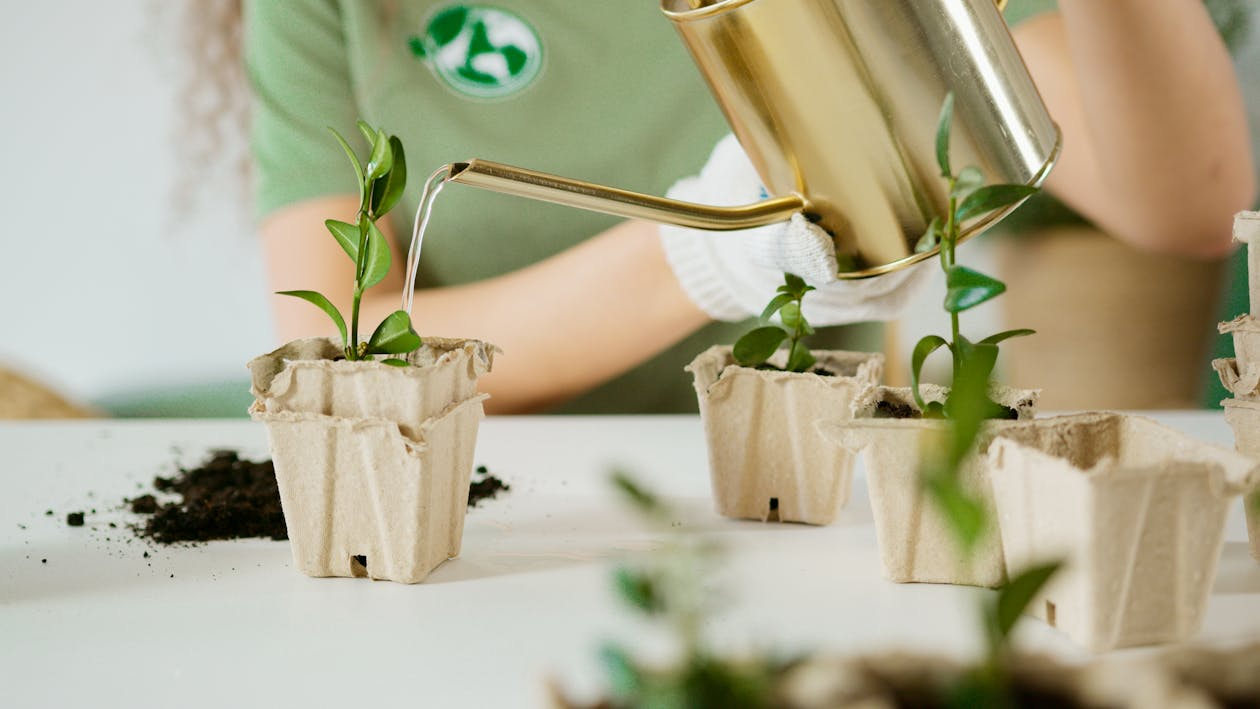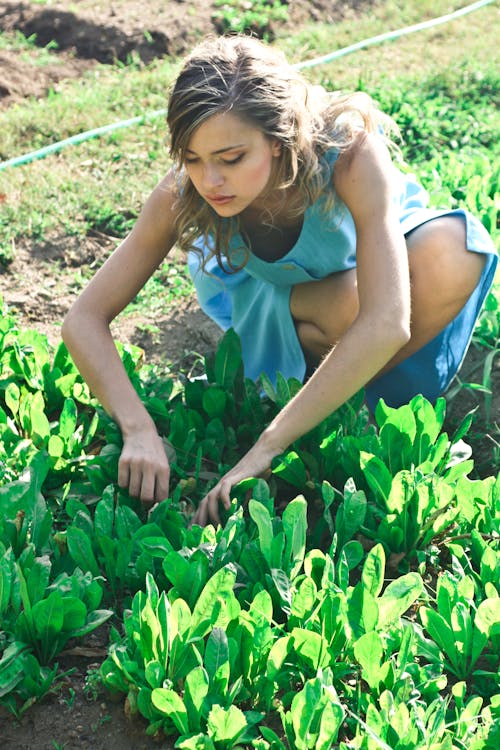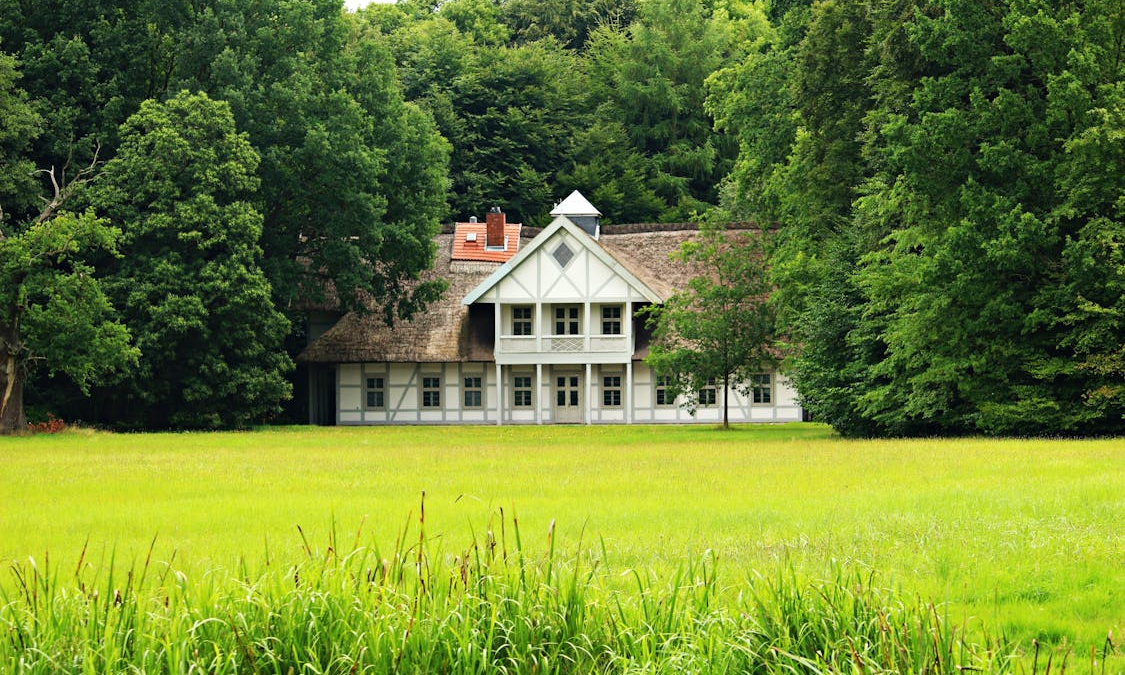In today’s world, water conservation is more important than ever. Lush, vibrant gardens shouldn’t come at the expense of our precious resources. Thankfully, implementing sustainable water management practices allows you to maintain a thriving garden while minimizing water waste. Here, we explore various strategies to achieve a beautiful, water-efficient haven for your plants.
Embracing Water Efficiency with Technology
Gone are the days of relying solely on traditional sprinklers. Modern water irrigation systems offer targeted watering, significantly reducing water waste. Let’s delve into two popular techniques:
1. Drip irrigation
This system utilizes a network of pipes and emitters placed directly near the plant’s root zone. Water slowly drips or oozes out, delivering moisture directly to where it’s needed most. Drip irrigation offers several benefits:
- Reduces water usage by up to 50% compared to sprinklers.
- Minimizes evaporation as water reaches the roots directly.
- Discourages fungal diseases that thrive on wet leaves.
- Allows for precise watering schedules, catering to each plant’s specific needs.
2. Micro-irrigation
This is a specialized form of drip irrigation perfect for container gardens, raised beds, and areas with closely spaced plants. Micro-emitters deliver tiny droplets of water, ideal for smaller planting areas. This targeted approach offers similar advantages to drip irrigation, ensuring efficient water delivery.
Additional Technology Solutions
- Smart irrigation controllers:These devices can be programmed to adjust watering based on weather conditions and soil moisture levels. This eliminates overwatering and ensures plants receive the right amount of water, even in fluctuating weather.
- Rain sensors:Connected to your irrigation system, rain sensors automatically shut off watering when rain is detected. This prevents unnecessary water use during natural precipitation events.
Beyond Technology: Smart Gardening Practices
Technology plays a crucial role in water conservation, but it’s not the only solution. Simple adjustments to your gardening practices significantly impact water usage:
- Choose drought-tolerant plants:Opt for native or adapted plants that thrive in your climate with minimal water. Research plants with low water requirements, like succulents, ornamental grasses, and certain flowering varieties.
- Mulch, mulch, mulch:Applying a layer of organic mulch around your plants retains moisture in the soil, reducing evaporation and the need for frequent watering. Additionally, mulch suppresses weeds that compete with your plants for water. Opt for eco-friendly mulches like shredded bark, wood chips, or composted leaves.
- Group plants with similar water needs:Planting thirsty plants together allows for coordinated watering. This way, you avoid overwatering drought-tolerant plants while ensuring sufficient hydration for those requiring more moisture.
- Water deeply and less frequently:Deep watering encourages roots to grow deeper into the soil, increasing their access to moisture reserves. Frequent, shallow watering encourages shallow root growth, making plants more susceptible to drought stress. Aim for thorough watering that reaches the root zone, allowing the top layer of soil to dry slightly between waterings.

Garden Design for Water-Saving Garden
Planning your garden layout with sustainable practices in mind can make a significant difference:
- Utilize greywater: Greywaterrefers to household wastewater from sources like laundry or showers (excluding water contaminated with harmful substances). With proper filtration, greywater can be used for watering non-edible plants. This reduces the amount of potable water used for irrigation. (Always check local regulations on greywater use before implementing.)
- Embrace rainwater harvesting:Rain barrels or cisterns can collect rainwater from your roof, providing a natural, free source of irrigation water. Consider installing a rain barrel system to capture and store rainwater for later use on your plants.
- Create a water feature:While seemingly counter-intuitive, incorporating a water feature like a pond can actually improve water efficiency. Ponds create a microclimate with increased humidity, reducing the need for frequent watering of nearby plants.
Here are some additional tips to keep your water-saving garden thriving
- Compost regularly:Composting kitchen scraps and yard waste creates nutrient-rich soil that retains moisture more effectively, reducing the need for frequent watering.
- Test your soil:Knowing your soil type allows you to optimize watering practices. Sandy soils require more frequent watering, while clay soils retain moisture well and may need less frequent watering.
- Fix leaky hoses and sprinklers:Even minor leaks can waste significant amounts of water. Regularly inspect your irrigation system and repair any leaks promptly.
- Educate yourself and others:The more we understand the importance of water conservation, the more we can advocate for sustainable practices. Share your knowledge with friends and family, encouraging them to adopt water-wise gardening techniques.

Cultivate a Thriving Garden with Less Effort: Order Your GardenEZ Kit Today!
Want to say goodbye to backbreaking weeding and constant watering? Dream of a flourishing garden that practically takes care of itself? The GardenEZ 2.0 kit is your answer! Weed Free Gardening LLC’s innovative system boasts a weed-free guarantee, thanks to the premium weed mat and patent-pending planters.
Their automatic drip irrigation system ensures optimal plant growth while saving water, and the open-bottom planters promote healthy roots. Join over 10,000 satisfied customers and transform your outdoor space into a beautiful, low-maintenance oasis!
Click here to learn more and buy your outdoor gardening kit today!
About the Author
Sarah Jones is a passionate gardener and advocate for sustainable practices. She enjoys helping others create beautiful, water-efficient, and weed-free gardens that flourish throughout the seasons. Sarah is a freelance writer and shares her gardening knowledge and tips.


